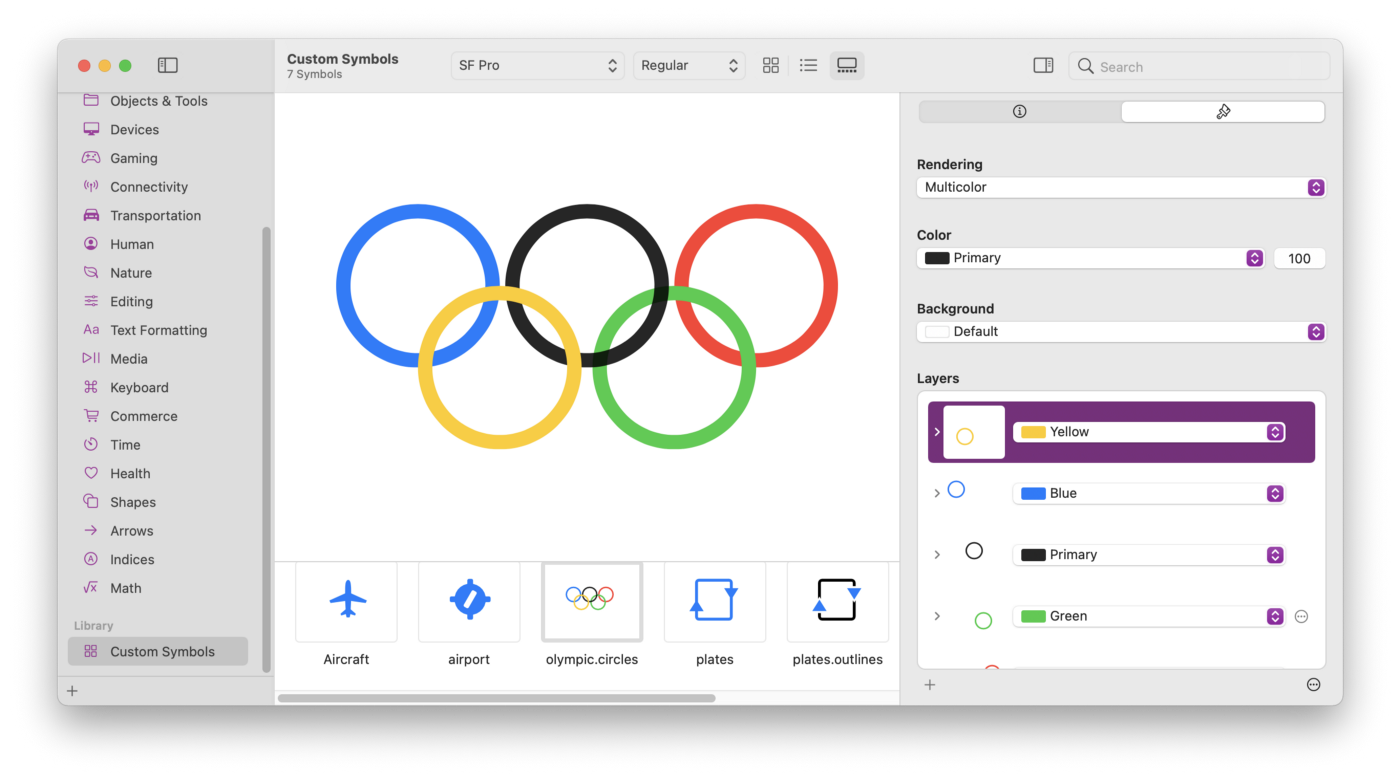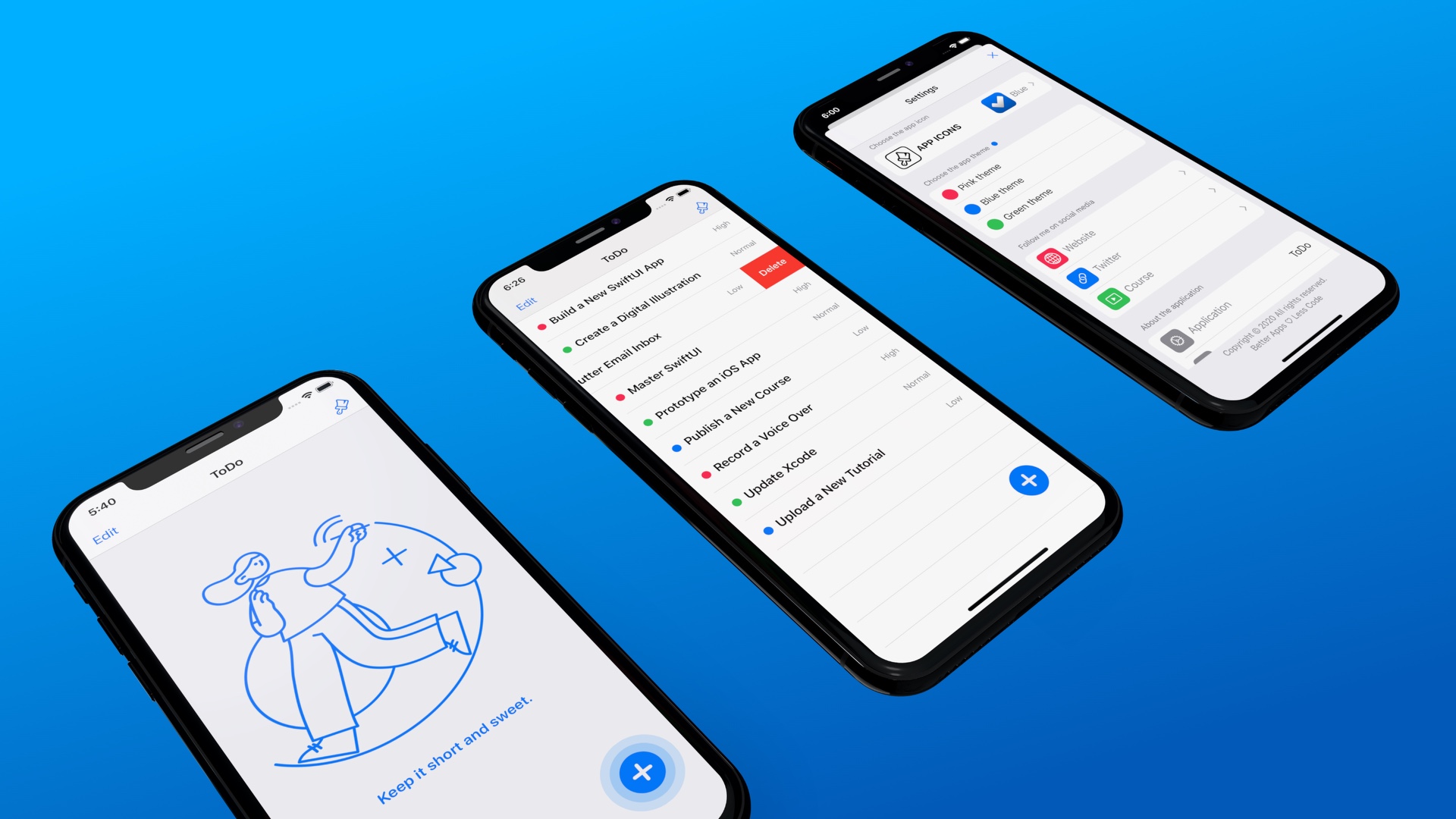
Focus Management in SwiftUI: Getting Started
Learn how to manage focus in SwiftUI by improving the user experience for a checkout form.

Learn how to manage focus in SwiftUI by improving the user experience for a checkout form.

Since Apple introduced SF Symbols in 2019, many product designers for iOS, including myself, have been asking themselves when it will

Everything you need to know about the new application life cycle in SwiftUI 2

There seems to almost be a consensus in the community that singletons are

Dependency injection is an essential tool when it comes to making code more testable. This week, let's take a look at a dependency injection technique that lets us enable testability without forcing us to write massive initializers or complicated dependency management code.

Are VIPER, RIBs, MVVM, VIP, or MVC suitable for a SwiftUI project?

Various techniques that let us define fully dynamic colors that adapt to the user’s selected color scheme, using either SwiftUI or UIKit.

When creating collections of objects or values in Swift, we usually use data structures provided by the standard library - such as Array, Dictionary and Set. While those three cover most use cases, sometimes creating a custom wrapper collection can enable us to make our code more predictable and less prone to errors.

The web is single-threaded. This makes it increasingly hard to write smooth and responsive apps. Workers have a bad rep, but can be an important and useful tool in any web developer's toolbelt for these kinds of problems. Let’s get up to speed on Workers on the Web!

In the development of the app that is kind of SNS or large application, it can often grow in complexity due to display a massive number of…

With the release of SwiftUI, some people have asked if UIKit is going to be dead. It’s far from dead. In iOS 15, Apple’s engineers continues to pour new features into UIKit. One of the highlights is UISheetPresentationController. This new class lets you easily create a expandable bottom sheet with just a few lines of code. If you have no ideas about what a bottom sheet is, open the built-in Maps app to take a look. It displays a bottom sheet for users to perform search and access their saved locations. The sheet is resizable. You can drag the bottom […]

Learn to make your SwiftUI views smaller, simpler, and more reusable.

In this article we are going to learn how to implement the powerful MVVM design pattern in SwiftUI applications that are leveraging the Combine framework. The combination of these 3 concepts will be the standard

Implementing the Remote Configuration feature and integrating it with the latest Swift development environment; the pros and cons of adding dependencies.

In this tutorial, you’ll learn how data flow in SwiftUI helps maintain a single source of truth for the data in your app.